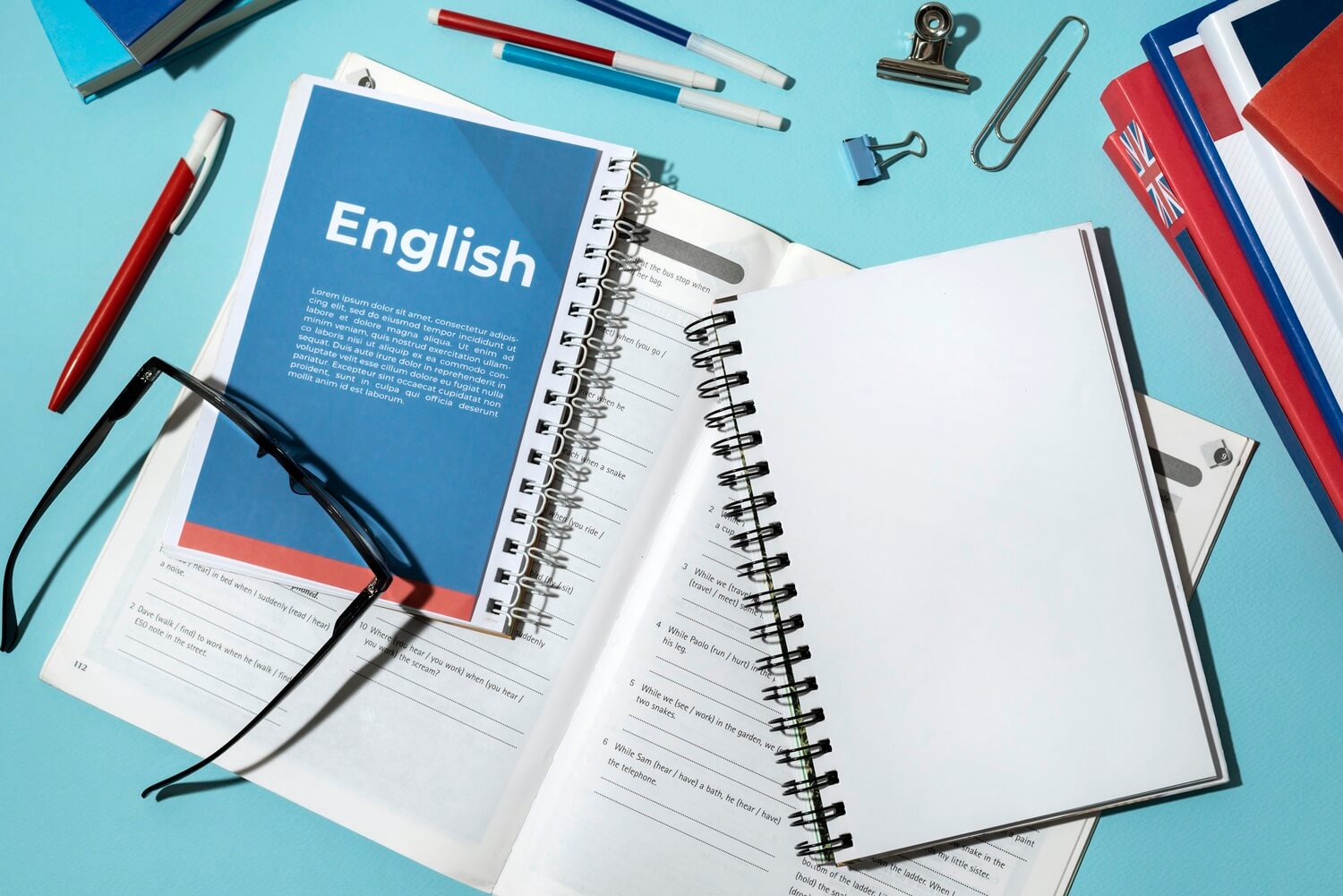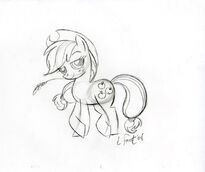Complications during blood collection and Treatment
Complications during blood collection and Treatment
What is the Skin puncture for blood sampling:
- The skin puncture is done in the pediatric group and the diabetics.
- The common sites are fingertips, heels, and ear lobes. Heels are common sites in children.
- Fingertips are used in adults (diabetics) and small children.
- Earlobes are used for arterial blood as a possible substitute for arterial blood to assess pH, pCO2, and pO2.
What are the complications during blood collection:
- There may be various types of complications of blood collection.
- Following are some of the possibilities:
What are the Complications during blood collection:
Fainting during the collection of the blood:
- The patients feel dizziness, which may happen during or after blood collection.
- There is a sudden decrease in blood pressure, and sometimes, the patient may temporarily lose consciousness.
- The reason is:
- This is due to vasovagal syncope.
- Please don’t leave the patient alone, and don’t allow them to drive for another 30 minutes.
- Immediately lie down on the patient’s flat and raise the legs.
What is the reason for Hematoma formation:
- There is a leak of blood from the site of the venipuncture site.
- There may be a bruise formation.
- Hematoma forms when:
- The needle goes into the small vein.
- It may pass through the vein.
- The needle is partially in the vein.
- The needle was removed when the tourniquet was still there.
- Not adequate pressure was applied after the venipuncture.
- Blindly searching the vein.
- What is the treatment of hematoma:
- Apply the pressure bandage to the area.
- The patients on anticoagulant therapy:
- These patients have more chances of bleeding.
- These patients keep the pressure on the venipuncture site and don’t leave it until there is a complete stop of the bleeding.
Hypersensitivity Reaction:
- Allergies:
- There may be reactions to the antiseptic or band-aids or bandages or latex.
- If it happens, give some antiallergic medication.
- Some patients may develop Type I hypersensitivity reactions just seeing their own blood.
- The patient will have a typical picture of hypersensitivity reaction type 1.
- All symptoms are due to histamine or histamine-like substances produced in this hypersensitivity reaction.
- The patient may have an anaphylactic reaction, and this may be:
- Localized.
- Or a systemic reaction.
What are the chances of Infections:
- The infection is more common in immunocompromised patients.
- Advise the patient to look after redness, pain, swelling, or tenderness.
Pain due to nerve involvement:
- The patient may feel a sharp pain and tingle due to the involvement of the nerve.
- It is best to take out the needle.
- Sometimes, permanent damage may take place to the nerve.
What are the causes of Phlebitis:
- This is a rare complication after blood collection.
Sepsis:
- This is another rare complication of blood collection.
What is the Presentation (sign/symptom) of the patient during blood collection:
- Nervousness.
- Itching of the skin.
- A feeling of confusion.
- Nausea, vomiting, and diarrhea.
- Abdominal or back pain.
- There will be flushing, pallor, or cyanosis.
- Urticaria.
- Laryngeal edema leads to stridor.
- Tachycardia.
- There is low blood pressure.
- Convulsions.
- Respiratory depression.
- Bronchospasm leads to an asthmatic attack.
- Treat the patient for a type 1 hypersensitivity reaction.
What is the Treatment of blood collection complications:
- Treatment of blood collection complications:
- If the patient becomes faint, stop the blood-taking procedure and lie down the patient with a raised foot end.
- Remove the needle and give assurance to the patient.
- Talk to patients.
- Please don’t allow him to drive for another 30 minutes.
- Offer juice or water to the patient.
- Ask the patient to breathe slowly (deep breathing).
- If a hematoma appears, remove the needle and apply pressure for two minutes.
- Remove the tourniquet.
- In patients with petechiae, make sure that there is no bleeding before the patient leaves the lab.
- In such patients, there are coagulation problems.
- There may be excessive bleeding in patients on aspirin or anticoagulation therapy.
- Don’t leave the patients until there is a complete stoppage of the blood from the venipuncture site.
- If the patient feels sharp electric pain, immediately remove the needle.
- In case of an arterial puncture:
- Immediately remove the tourniquet.
- Hold pressure at the site for at least 5 minutes or till the bleeding stops.
- Check the pulse and blood pressure.
- In case of hypersensitivity reaction, give antihistamines.
- Can give steroids.






